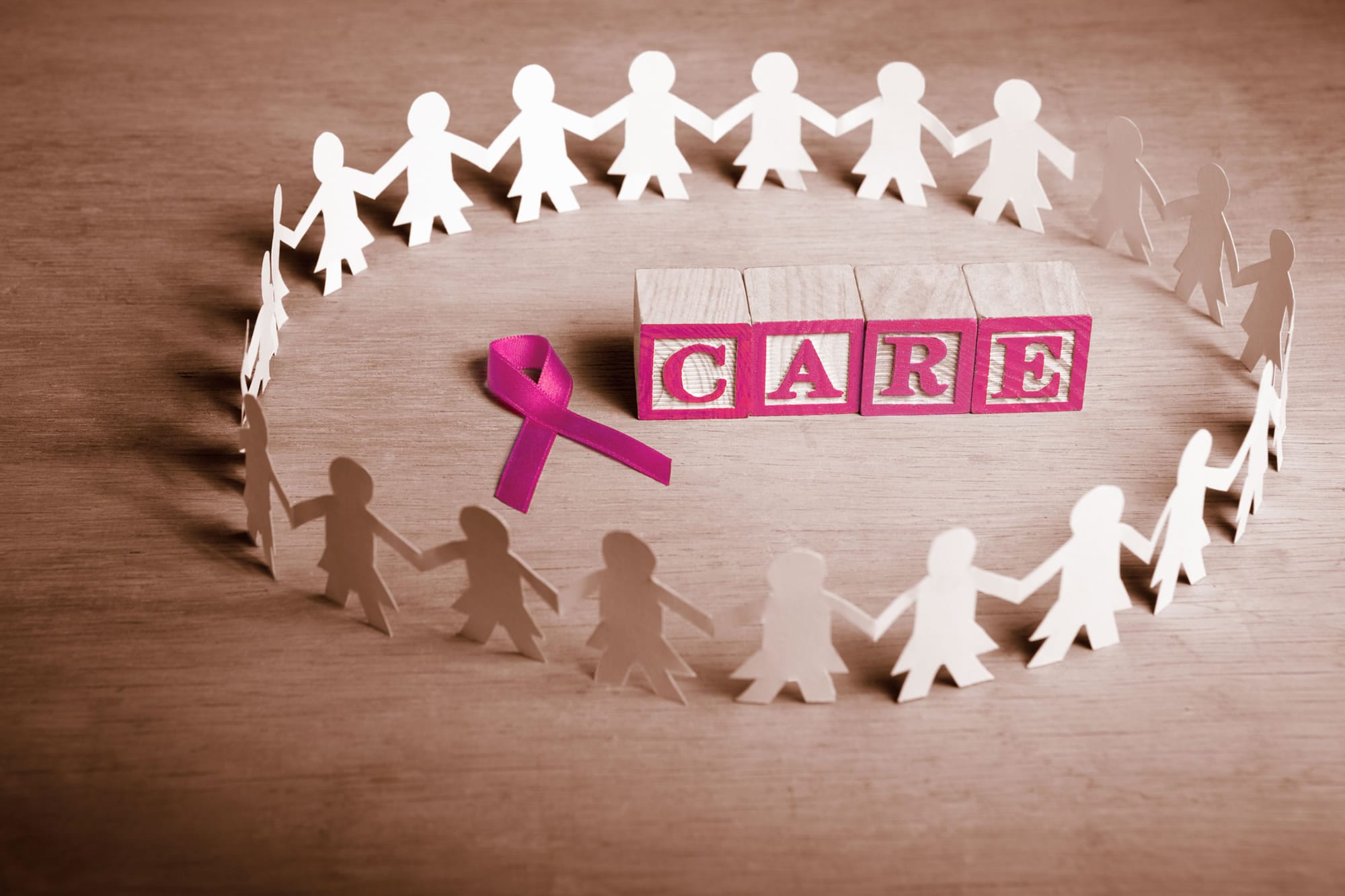Cancer patients faced nearly $4 billion in out-of-pocket costs for their treatment in 2014. And those are people with insurance.
“Four billion out of pocket for consumers to spend on health care is a tremendous amount,” said Kirsten Sloan, vice president of public policy for the American Cancer Society’s Cancer Action Network. “Without affordable insurance, that number could be double or triple.”
For patients facing a Stage 1 breast cancer diagnosis, the out-of-pocket costs can range from $5,819 for someone with an employer-provided insurance plan to $10,114 for those who purchase individual health plans. Patient costs for Medicare enrollees totaled $8,793, according to a new report.
The Cancer Action Network, the nonprofit policy arm of the American Cancer Society, released in April its Costs of Cancer report. The report looks at the out-of-pocket costs for three of the most common cancers — breast, lung and colorectal — for those with the three different types of insurance coverage.




